PCE Instruments PCE-DSX 100 Manual
PCE Instruments
Måling
PCE-DSX 100
| Mærke: | PCE Instruments |
| Kategori: | Måling |
| Model: | PCE-DSX 100 |
Har du brug for hjælp?
Hvis du har brug for hjælp til PCE Instruments PCE-DSX 100 stil et spørgsmål nedenfor, og andre brugere vil svare dig
Måling PCE Instruments Manualer

9 December 2025

5 December 2025

3 December 2025
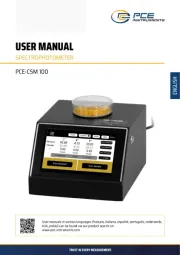
11 November 2025
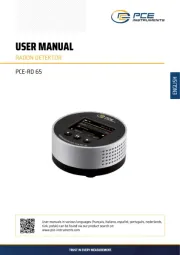
9 November 2025
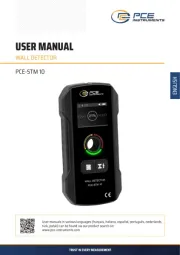
7 November 2025
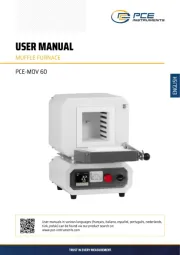
7 November 2025
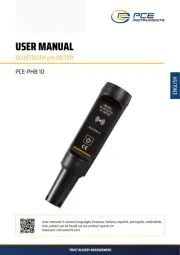
7 November 2025
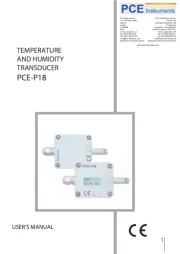
6 November 2025
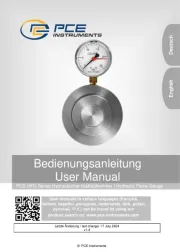
5 November 2025
Måling Manualer
- Brookhuis
- CSL
- Dasqua
- YSI
- Trotec
- Sauter
- Pico
- Voltcraft
- General
- Daytronic
- Bosch
- Festo
- Kogan
- Westfalia
- Velleman
Nyeste Måling Manualer

16 December 2025

16 December 2025

16 December 2025

16 December 2025

16 December 2025

16 December 2025

16 December 2025

16 December 2025

15 December 2025

15 December 2025
